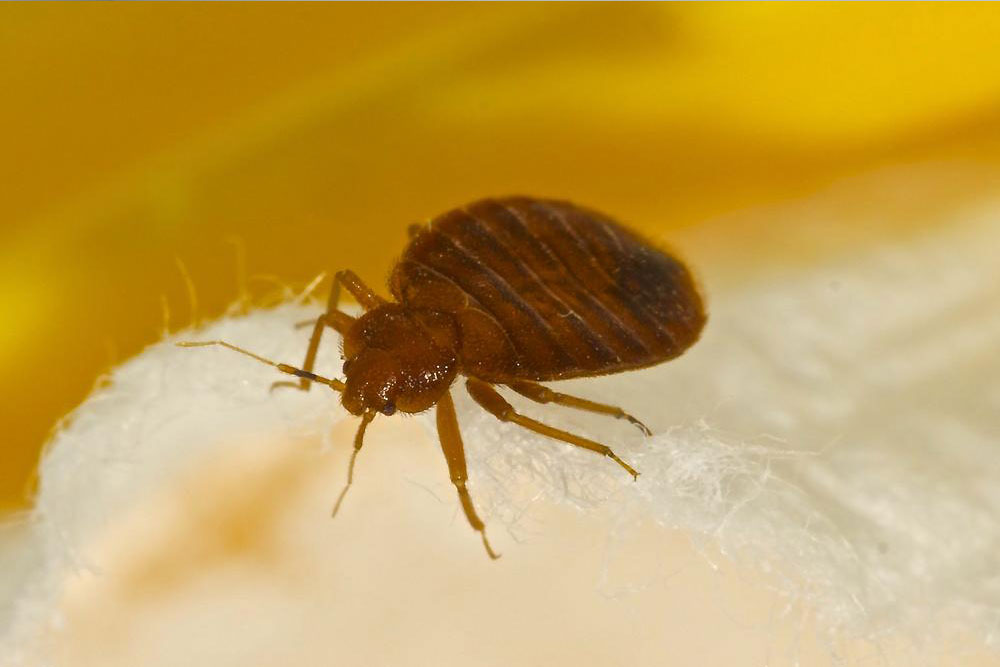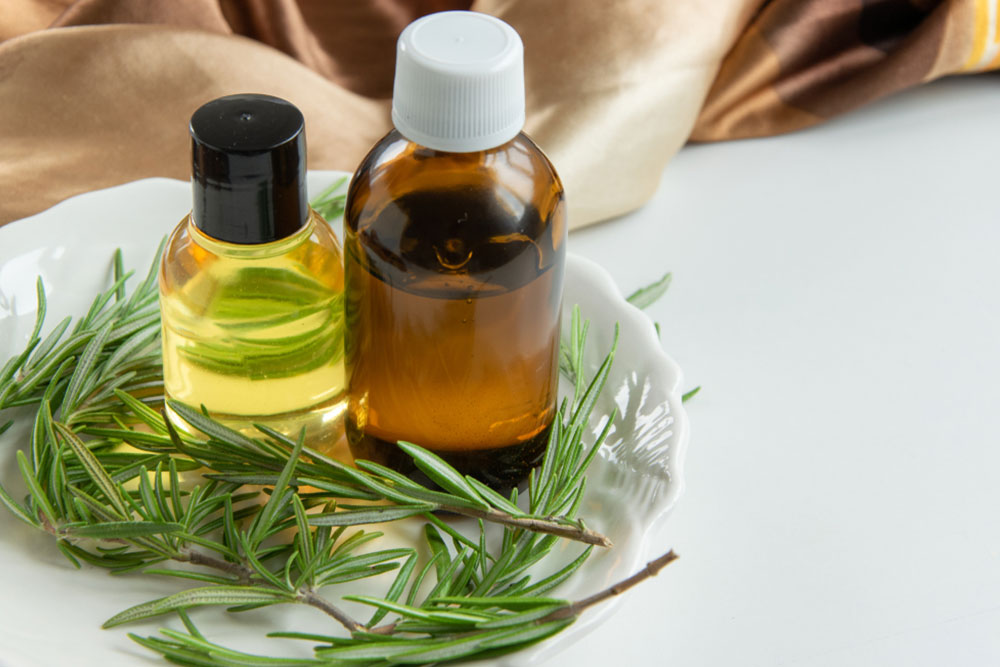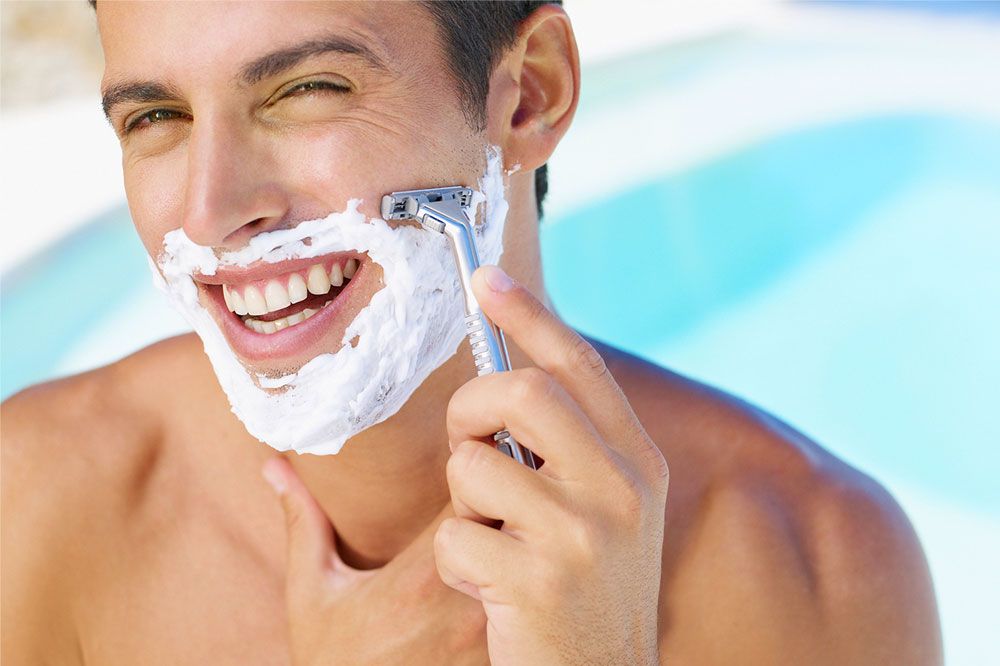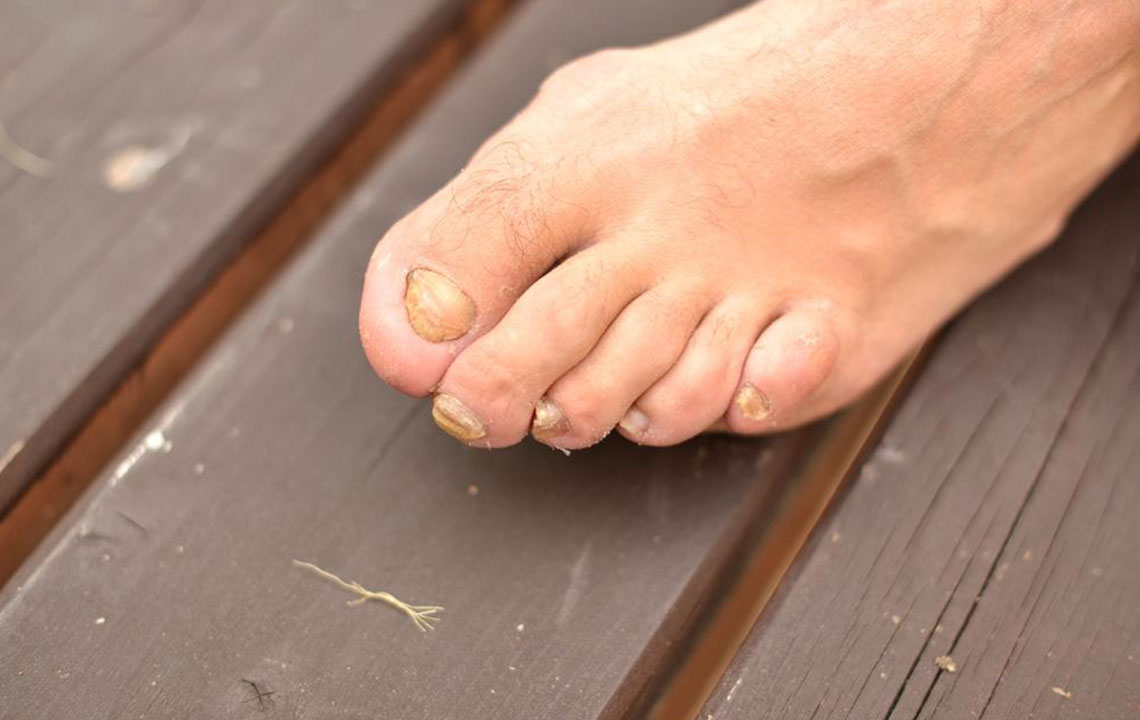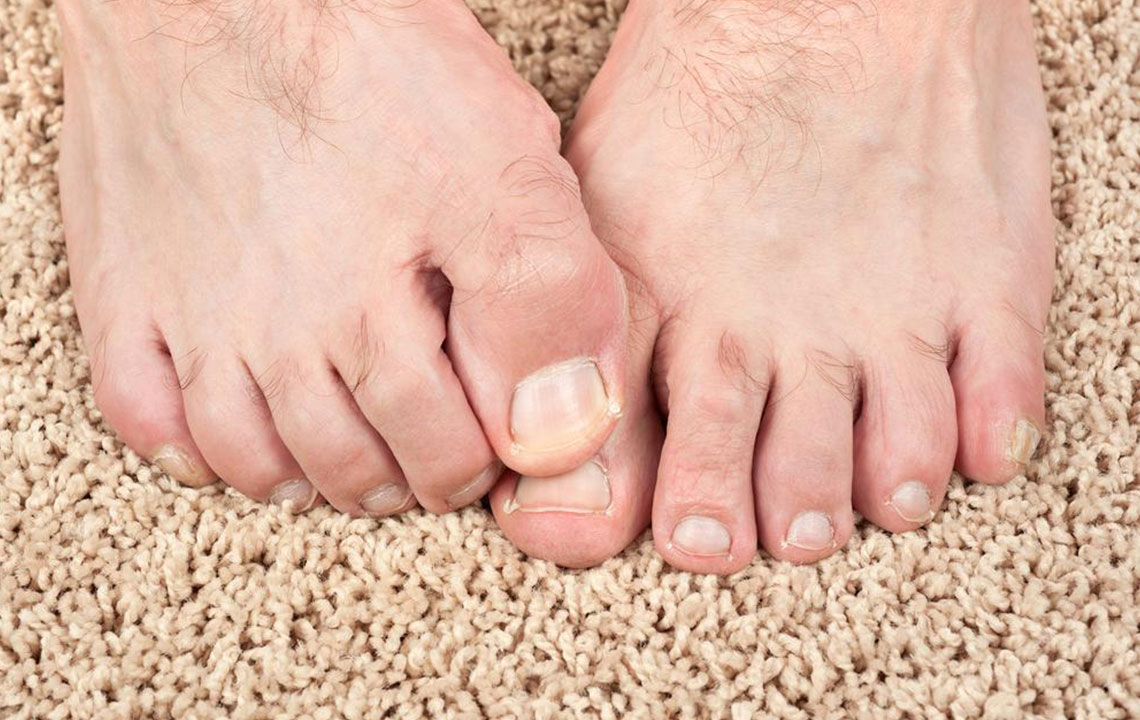Comprehensive Natural Solutions for Seborrheic Keratosis Removal and Management
Discover effective and natural methods to treat seborrheic keratosis at home. From aloe vera to apple cider vinegar, learn safe remedies to reduce or eliminate these benign skin growths. Consult professionals for persistent or suspicious lesions. Maintain healthy skin with simple, natural solutions that are gentle and cost-effective, avoiding invasive procedures unless necessary. This comprehensive guide offers practical tips for managing seborrheic keratosis naturally, ensuring skin health and aesthetic confidence.

Effective Natural Strategies to Treat and Reduce Seborrheic Keratosis
Seborrheic keratosis are common benign skin growths that frequently develop in older adults. While these skin lesions are noncancerous and generally harmless, their appearance can cause cosmetic concerns and sometimes irritation. They are often mistaken for skin cancer due to their appearance, which warrants proper attention and accurate diagnosis by a healthcare professional. These growths typically manifest on areas such as the back, shoulders, chest, face, and neck, and vary in color from light tan to black or dark brown. They can be flat or slightly raised, often with a rough or waxy texture that resembles patches of wart-like skin.
Although seborrheic keratosis do not require medical treatment in most cases, some individuals may choose to remove them for aesthetic purposes or if they cause discomfort. Traditional surgical removal, cryotherapy, or laser treatments are common options prescribed by dermatologists. However, many prefer natural remedies to reduce or eliminate these growths at home, especially if they are small and not causing significant issues. Natural treatments may be effective for mild cases, promoting thinning, fading, or shedding of the lesions without invasive procedures.
In this article, we explore several natural methods supported by anecdotal evidence and some scientific studies that may help manage seborrheic keratosis. These methods include topical applications and plant-based remedies that can be easily implemented at home. It is important to note that while these natural remedies can be beneficial, consulting a healthcare professional before starting any treatment is essential, particularly if the growths change in appearance or cause discomfort.
Natural Treatment Options for Seborrheic Keratosis
Aloe Vera: Known for its soothing and healing properties, aloe vera is an excellent choice for treating skin growths like seborrheic keratosis, particularly on visible areas such as the face. Applying pure aloe vera gel, which can be purchased from stores or extracted directly from the plant, helps to moisturize and promote skin healing. For optimal results, apply aloe vera gel to the affected area four to six times daily. Consistent use may lead to gradual fading of the growth, softening its texture, and flattening it over the course of a week or more. Continue treatment until the lesion diminishes significantly or disappears altogether. Aloe vera’s gentle nature makes it suitable for sensitive skin areas, reducing the risk of irritation.
Milkweed (Petty Spurge): A traditional remedy used in various cultures, milkweed or petty spurge contains compounds that may help break down wart-like growths including seborrheic keratosis. Carefully extract a small amount of the plant’s sap or use a prepared solution, and directly apply a tiny drop to the growth. It is crucial to avoid contact with surrounding healthy skin to prevent irritation. The application should be done once or twice daily, and over a few weeks, the keratosis may loosen and fall off naturally. After removal, applying an Arnica-based cream can help soothe the skin and reduce scarring. Due to the potent nature of milkweed, caution is advised, and patch testing prior to full application is recommended to prevent adverse reactions.
Apple Cider Vinegar: A popular natural remedy, organic apple cider vinegar contains acetic acid that can facilitate the breakdown of keratinized skin cells. Using a cotton ball or swab, apply apple cider vinegar directly onto the seborrheic keratosis, ensuring to cover the entire lesion. It is typically recommended to repeat this process three to five times daily. Persistence is key; over a few weeks, the lesion may shrink, darken, and eventually peel away. Some users report that the vinegar stings slightly, so it is wise to do a patch test before extensive use. Continue treatment until the growth is no longer visible or has disappeared completely.
While natural remedies may be effective for some, they do not replace professional medical advice. If irritation, redness, or discomfort develops, or if the keratosis persists or changes in appearance, consulting a dermatologist is essential. Advanced medical procedures such as cryotherapy, curettage, laser therapy, or topical medications may be necessary for persistent or problematic growths. Always seek guidance from qualified healthcare providers before starting any new treatment, especially for growths that resemble skin cancer or for atypical lesions.
Overall, adopting natural practices for seborrheic keratosis management can be a safe, cost-effective, and minimally invasive way to improve skin appearance and reduce discomfort. Proper skin care routines, gentle exfoliation, and avoiding unnecessary skin trauma can also help prevent new growths from forming. Remember, maintaining overall skin health through hydration, sun protection, and a balanced diet fortifies the skin's ability to heal naturally.
